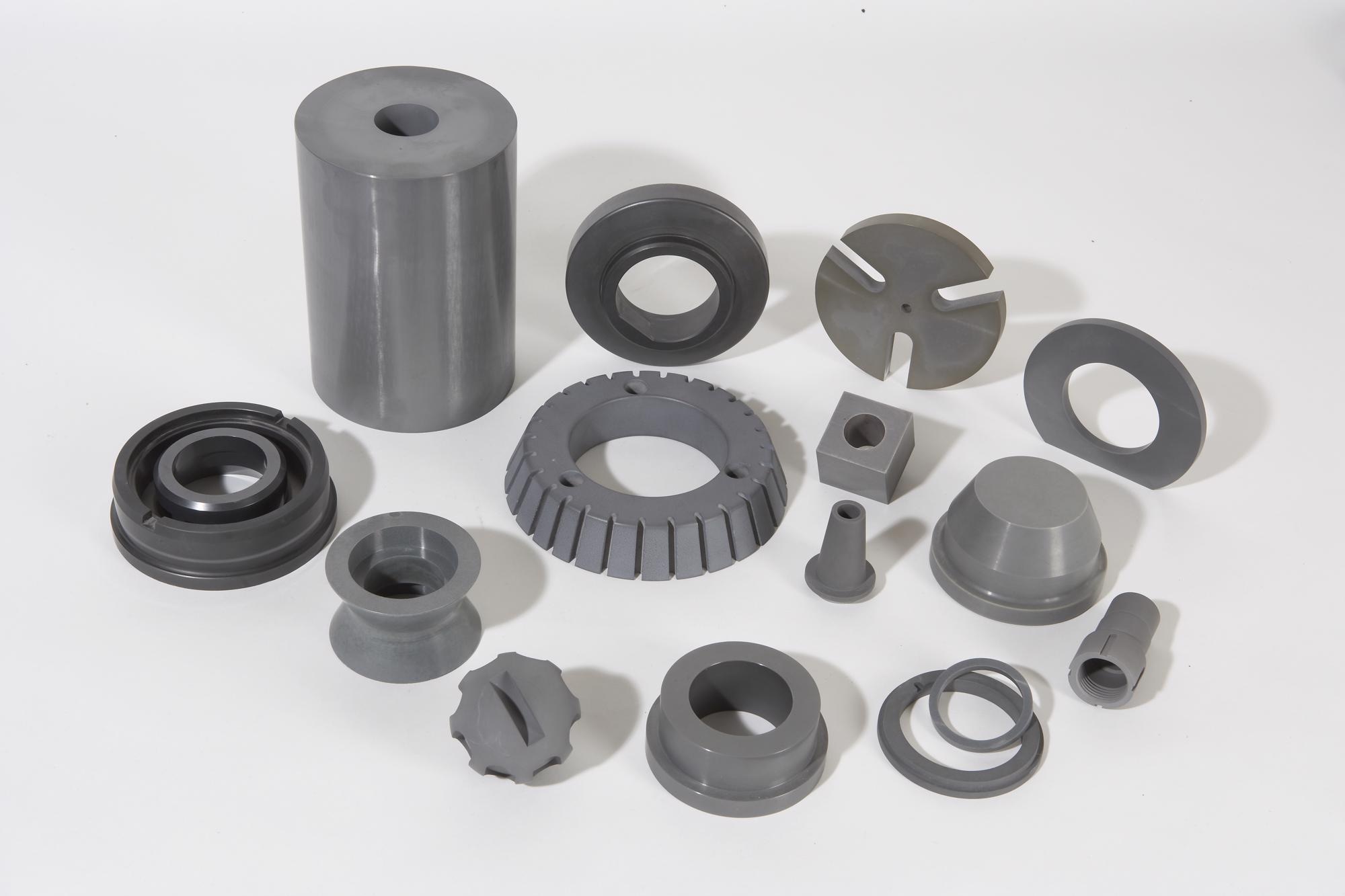Technical ceramics are the trailblazers of industrial materials. Engineered to endure some of the toughest operating conditions imaginable, technical ceramics are increasingly pushing the boundaries of market segments around the globe.

Technical materials, also referred to as advanced or engineering ceramics, are developed to satisfy specific requirements regarding aggravating phenomena. These may include aggressive erosive and corrosive elements, extreme operating temperatures, high physical stresses, or any of the three combined.
Due to their uniquely tailored material properties, technical ceramics can excel in conditions where traditional materials would inevitably be unsuccessful. This has opened up new levels of performance in traditional markets while contributing towards the practical actualization of different blue-sky applications.
Material Property Comparison Table
Table 1. Source: International Syalons
.png)
Technical Ceramic Material Groups
Many technical ceramic groups can be found on the market today, but the underlying classification defines them as high-performance components consisting of robust inorganic compounds. At the chemical level, these are usually held together by high strength covalent bonds that form sturdy structural lattices.
The excellent chemical and thermomechanical properties of these perpetuate through to the semi-crystalline microstructure, which ultimately translates into a strong bulk monolithic ceramic.
International Syalons provides a choice of high performance technical ceramic materials, that includes:
- Silicon nitride (SiAlON): International Syalons specializes in the silicon-nitride derivatives known as sialons, an outstanding all-round, finely tunable, technical ceramic
- Silicon carbide (SiC): With exceptional thermomechanical and non-corrosive properties, technical ceramics based on silicon carbide are perfect for use in the chemical industry.
- Alumina (Al2O3): The eponymous technical ceramic, alumina is part of the oxide ceramic group and is the most commonly used engineering ceramic worldwide.
- Zirconia (ZrO2): With incontestable resilience, technical ceramics based on zirconium oxide are perfect for hard-wearing applications, from metal forming.
Material Properties of Technical Ceramics
The desirable material properties of distinct technical ceramics differ from group-to-group, and even within particular families. In general, engineers require a decent array of properties to ensure success in demanding application areas. Vital ceramic properties for industrial areas of application include:
- Modulus of rupture (MoR); expressed in megapascals (MPa) at both room temperature and refractory temperatures (>1000 °C).
- Fracture toughness; measured by first acquiring the technical ceramic’s Young’s modulus and measuring the force needed to cause a known defect to propagate (MPa m1/2).
- Hardness; usually measured through indentation in accordance with the Vickers test and expressed as a function of load over the indentation surface area (Kg/mm2).
- Thermal conductivity; measured by characterizing the mineralogical composition and density of the technical ceramic in accordance with Fourier’s law, and expressed in Watts per meter-Kelvin (W/(mK)).
- Thermal shock resistance; expressed as a change in temperature (ΔT °C).
Technical Ceramics: A Brief History
The term linear pottery culture refers to an archaeological horizon, which is a consistent trait found throughout a broad geographical area for a limited time. It covers the period when several communities worldwide discovered a variety of processes for fabricating ceramic materials at the same time. These basic artifacts are some of the oldest examples of early industry in the world.
Technical ceramics emerged millennia later when coke was introduced to the smelting process to increase material yields. This innovation directly led to the creation of silicon carbide ceramics almost two hundred years later. The use of coke in smelting was also prior to the invention of the Bayer process, which provided a method for refining bauxite ore into alumina.
While these technical ceramic innovations arose during the early industrial eras, breakthroughs of the same magnitude in ceramic engineering for silicon nitride were not apparent until relatively recently. The discovery of sialons in the 1970s was a truly unprecedented technical achievement that ensured high-strength silicon nitride became a very competitive material in the technical ceramics space. Previously unthinkable new developments have illustrated the compatibility between advanced sialons and proprietary additive manufacturing techniques.

This information has been sourced, reviewed and adapted from materials provided by International Syalons.
For more information on this source, please visit International Syalons.